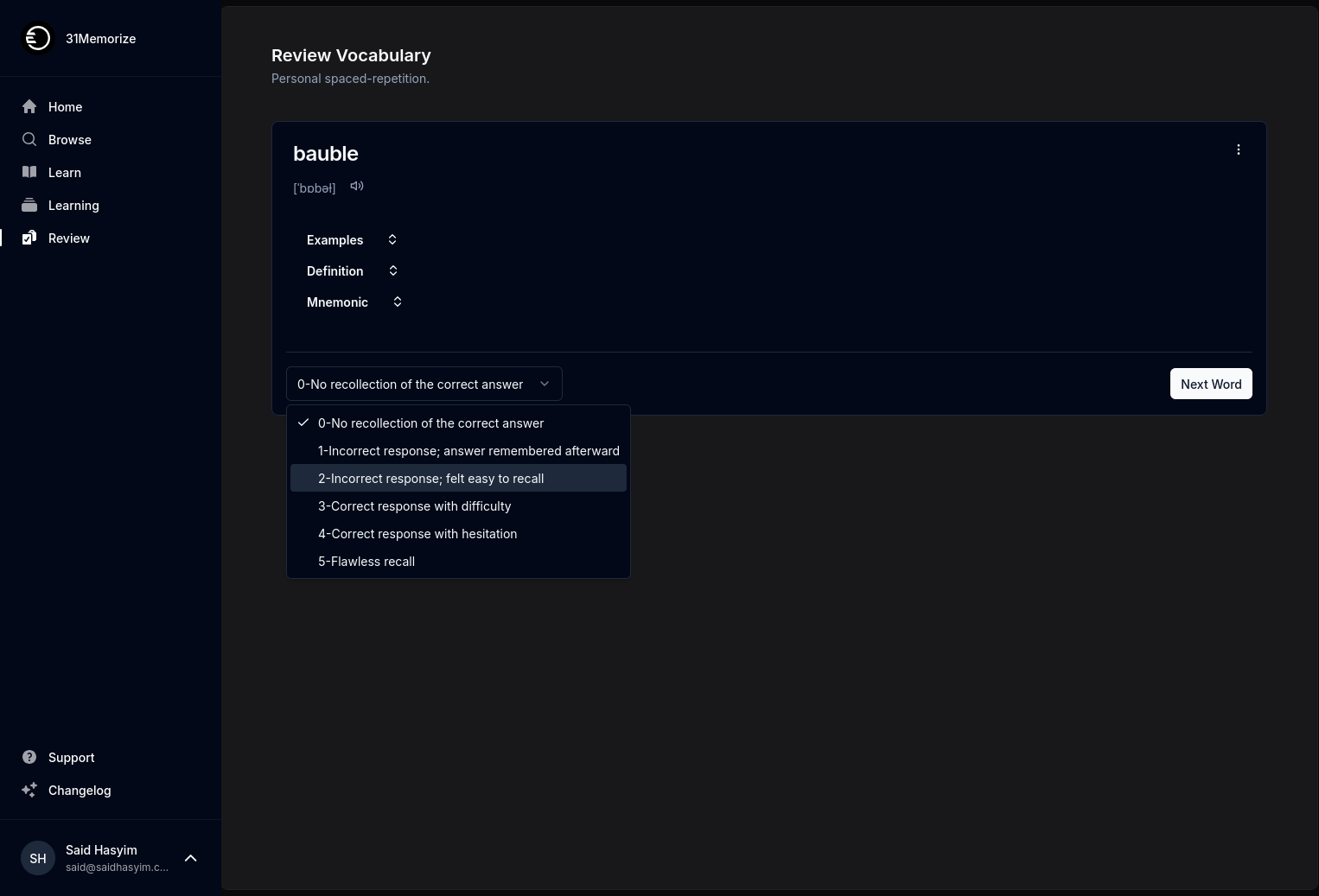Discover Powerful Ways to Track Your Book Ratings
Reading is an enriching journey that opens our minds to new ideas, cultures, and perspectives. As avid readers, keeping track of what we read and how we rate those books can enhance our reading experience, helping us recall our thoughts and recommend great titles to others. In this blog post, we will explore various methods and tools you can use to effectively track your book ratings.
Why Track Your Book Ratings?
Before diving into the "how," it’s essential to understand the "why." Tracking your book ratings serves several purposes:
- Reflection: Giving a book a rating often encourages you to reflect on what you enjoyed or disliked about it.
- Memory Aid: As we read more books, it can become challenging to remember which ones stood out. Ratings help jog our memories.
- Recommendations: When sharing book recommendations with friends or family, having an organized rating system can be invaluable.
- Reading Goals: Tracking ratings over time can help you assess your reading habits and set future reading goals.
Methods for Tracking Book Ratings
1. Traditional Pen and Paper
There's something timeless about jotting things down. Consider maintaining a dedicated notebook for your book ratings. Not only can you provide a rating for each book, but you can also include:
- Date Read: When you finished the book.
- Author: To easily identify who wrote it.
- Genre: To see your reading preferences over time.
- Comments and Reflections: Your thoughts might evolve after some time, and it's useful to have a space for those insights.
This method allows for creative freedom—doodle, decorate, or organize however you like!
2. Digital Spreadsheets
For those who lean towards digital solutions, using a spreadsheet tool is a fantastic option. You can customize columns to track various aspects such as:
- Title
- Author
- Rating (1-5 or whatever scale you prefer)
- Date Finished
- Genre
- Personal Review or Notes
Using spreadsheet software also allows for the implementation of charts and graphs to visualize your reading stats over time. It’s a more organized approach, especially for tech-savvy bibliophiles.
3. Book Journals
Book journals can serve both as a physical tracker and a creative outlet. There are numerous designs available, or you can even create your own. Here are some features to consider for your book journal:
- Rating System Page: Dedicate a page to illustrate your rating preferences.
- Monthly or Yearly Reviews: Summarize your thoughts about the reading experiences over a specified time.
- Quotes: Capture memorable quotes that resonate with you from each book.
Book journals are particularly enjoyable because they combine functionality with creativity.
4. Apps and Websites
While not promoting any specific product, many readers find joy in using apps and websites dedicated to book tracking. These platforms often offer features such as:
- Customizable Rating Systems: Choose your format for ratings.
- Shelves: Organize books into “to-read,” “currently reading,” and “read” categories.
- Community Engagement: Join discussions and share recommendations with fellow readers.
- Reading Challenges: Set and track progress toward specific reading goals.
Exploring different platforms can help you find one that aligns best with your preferences.
5. Social Media
Social media platforms, especially those centered around reading, allow for a unique way to track your ratings while connecting with other readers. Here are ways you can leverage social media:
- Create a Bookish Instagram Account: Share your ratings using visually appealing photos and engaging captions.
- Join Reading Groups: Participate in discussions and share your thoughts on what you’ve read.
- Use Hashtags: Utilize hashtags to mark your ratings and reviews for every book you finish.
This can be an excellent way not only to track your readings but also to engage with a community of like-minded individuals.
6. Combining Methods
If you’re not entirely sold on one system, consider combining multiple methods. For instance, you can keep a traditional book journal for reflecting on your readings, while simultaneously using a digital spreadsheet for more straightforward tracking and analytics.
Making It a Habit
Tracking your book ratings becomes all the more beneficial when it is a consistent practice. Here are some tips to help you integrate this into your routine:
- Set Aside Time: Designate time each week or month to update your ratings and reflect on your reading.
- Make It Enjoyable: Find a cozy spot, brew your favorite beverage, and turn this into a pleasurable ritual.
- Focus on Quality: Rather than rushing to log every book, focus on thoughtful reflections that capture the essence of your reading experience.
Final Thoughts
Tracking your book ratings can significantly enhance your reading experience, offering clarity and allowing you to engage more deeply with the literature you consume. Whether you choose the simplicity of pen and paper, the structure of spreadsheets, or the interactivity of social media, what’s essential is finding a method that resonates with you and aligns with your reading journey.
So, grab your notebook, download that app, or start a reading journal—whichever you choose, make it a delightful part of your exploration into the world of books. Happy reading!
